Is there a way to teach your child respect and good morals very early? The answer is yes.
Every parent wants their child to grow up with good manners and respect for others, but cultivating these qualities takes more than simply telling them what to do. Children learn manners and respect primarily through example, positive reinforcement, and consistent guidance.
By teaching them these valuable lessons early on, you set the foundation for them to grow into well-rounded individuals who not only understand how to treat others kindly but also how to navigate the world with self-respect and empathy.
Below are seven effective and practical ways to teach your child manners and respect from an early age so they don’t miss their step when they get old.
1. Lead by Example
Children are keen observers, often learning more from what they see than what they hear. Your behavior sets the tone for how they interact with the world around them.
If you want your child to say “please” and “thank you,” be sure you’re using these words regularly in your own speech. Even in moments of frustration, try to model respectful language and patience.
Real-life Example: If you’re at a restaurant and the waiter brings you your food, say, “Thank you so much,” and your child will begin to recognize that this polite response is expected and valuable in similar situations.
Tip: Remember, kids tend to imitate everything you do, so whether you’re talking to a friend or dealing with a difficult situation, ensure that you consistently demonstrate respect and positive behavior.
Also Read:
- How to Build Friendship With Your Child Without Disrespect
- How to Teach Your Child About Money and Boost Their Financial Stability
- Do This to Help Your Child Read and Write Faster
2. Reinforce Positive Behavior with Praise
When your child uses good manners, be quick to praise them. Positive reinforcement works wonders in helping children connect their behavior with a positive outcome.
It builds their confidence in using respectful language and gestures in their daily life. This also makes them feel appreciated and proud of their actions.
Real-life Example: After your child says “please” when asking for something, respond with, “That was very polite! I love how you said please.” This small act of acknowledgment encourages them to continue this behavior and feel good about their actions.
Tip: Be specific with your praise. Instead of just saying, “Good job,” try, “I love how you waited your turn to speak. That was really respectful.” Specific praise makes the behavior more tangible and encourages your child to repeat it. And once he repeats it over and over, it will become a habit.
3. Be Consistent with Rules and Expectations
Consistency is key when it comes to teaching manners. Establish clear expectations for behavior and stick to them. If you expect your child to say “excuse me” when they interrupt, make sure you remind them every time they forget. It’s important that your child knows what is expected of them at all times.
Real-life Example: If your child forgets to say “thank you” after receiving a gift or favor, gently remind them: “What do you say when someone does something kind for you?” This consistent reinforcement ensures that they understand the importance of politeness.
Tip: It can be tempting to let small things slide, but consistency reinforces the idea that respectful behavior is non-negotiable. Set boundaries and stick to them—this helps children feel secure and understand that good manners are a priority in your family.

4. Teach Empathy and Understanding
Teaching your child empathy is a foundational aspect of teaching respect. Help them understand the feelings of others by discussing different scenarios and how their actions might impact those around them.
Empathy encourages kindness and consideration for others, making your child more likely to treat people with respect.
Real-life Example: If your child accidentally hurts someone’s feelings, take a moment to talk about it: “How do you think your friend felt when you didn’t let them play with the toy?” Then, guide them in making amends: “What could you do to make them feel better?” This helps your child understand the emotional side of their actions.
Tip: Encourage your child to consider how others feel by asking questions like, “How would you feel if someone did that to you?” Helping them connect emotionally with the situation creates a deep sense of empathy and respect for others.
5. Use Age-Appropriate Conversations
You don’t need to have complex, adult-level discussions about respect right away. Start with simple, age-appropriate conversations, and gradually build upon them as your child grows.
Explain what respect means in ways that are understandable for their age and stage of development.
Real-life Example: For younger children, you might say, “We always say ‘please’ when we want something because it shows respect for the person we’re talking to.” As they get older, you can go into more complex concepts like respecting differences in others’ opinions and the importance of showing gratitude.
Tip: Make sure to regularly check in with your child. Ask open-ended questions like, “What does respect mean to you?” This allows you to gauge their understanding and tailor your advice accordingly.
6. Encourage Sharing and Cooperation
Teaching your child to share and cooperate with others is an essential part of encouraging respect. When children share toys, work together on projects, and take turns, they learn the value of collaboration and consideration.
It’s important to nurture these skills from an early age.
Real-life Example: If your child is playing with a sibling and hesitates to share a toy, say, “Wouldn’t it be nice if you shared so you both could have fun?” After they do, praise them for cooperating: “I love how you worked together to play with that toy. That was really kind.”
Tip: Make playtime a fun, cooperative experience by setting up games or activities that require teamwork.
Games like building a puzzle or cooking together help reinforce the importance of cooperation and mutual respect.
7. Set Boundaries with Respect
It’s essential to teach your child that respect isn’t just about politeness; it’s also about setting boundaries—both their own and others’.
Teach your child that it’s okay to say no and to ask for personal space when needed.
Respecting others’ boundaries is just as important as respecting their words.
Real-life Example: If your child is asked to do something they’re not comfortable with, encourage them to express themselves respectfully: “I understand you want me to play, but I need some quiet time right now.” This teaches them that boundaries are a form of self-respect and should be communicated politely.
Tip: Show your child that you respect their boundaries too.
For example, if they don’t want to be hugged, respect that choice and teach them how to express their comfort level with others.
Modeling this behavior sets a clear example of how to treat others respectfully.
Also Read:
- How to Teach Your Child Independence at an Early Age
- How to Teach Your Child in a Way They Will Learn Faster
- Follow These Strategies to Raise a Smart and Confident Child
Conclusion:
To effectively teach your child manners and respect early requires patience, consistency, and a lot of love. Of course, it is an ongoing process that never really ends.
By leading by example, reinforcing positive behavior, and teaching empathy, you equip your child with the tools they need to get through relationships and build meaningful connections throughout their life.
Early lessons in respect not only help your child become more considerate but also shape them into compassionate, kind-hearted individuals who value others and themselves. When respect is taught from the heart, it creates a strong, positive foundation that lasts a lifetime.
We hope you found value in this article. Do well to share it with your friends who might need it.



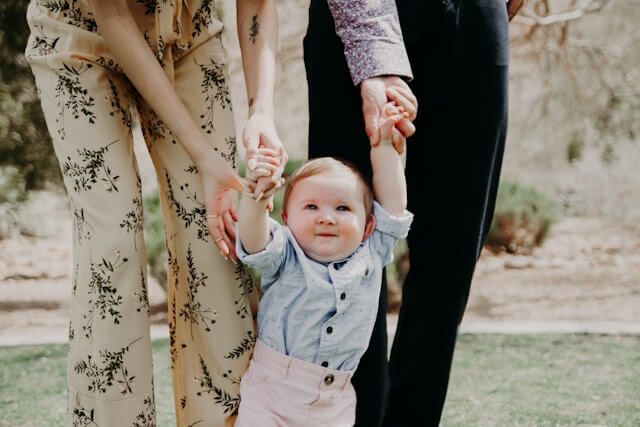
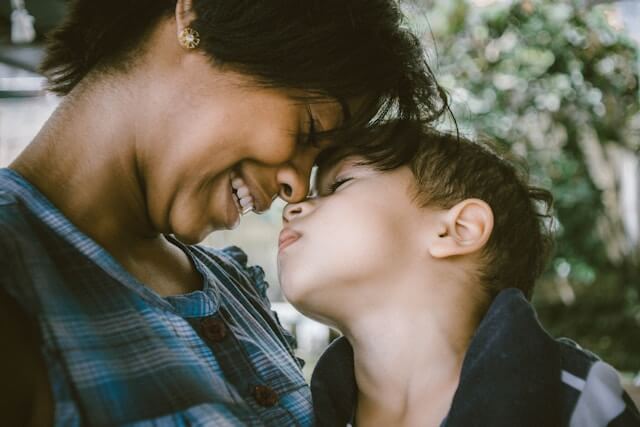
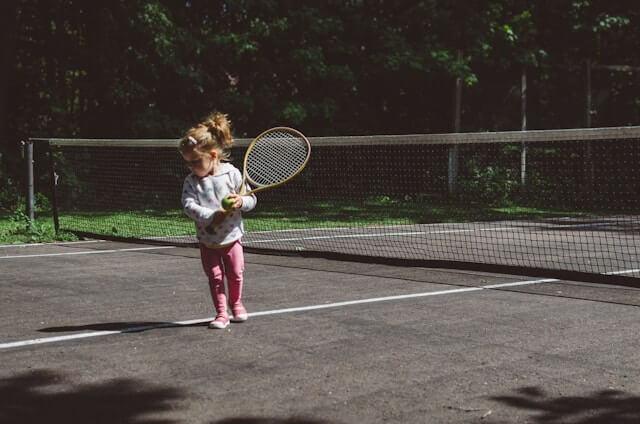

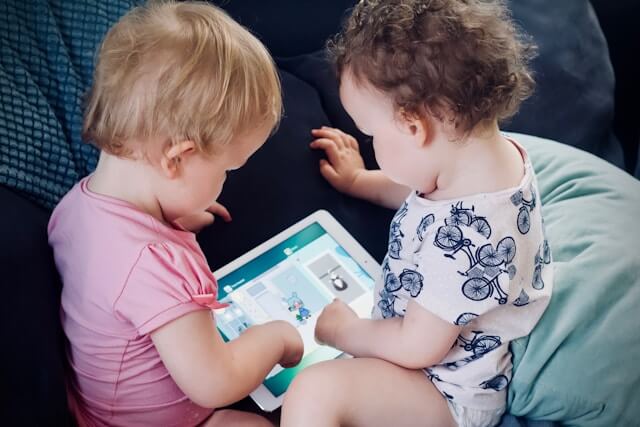

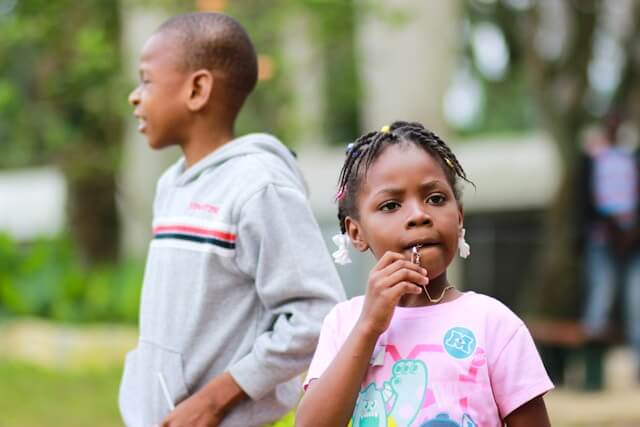
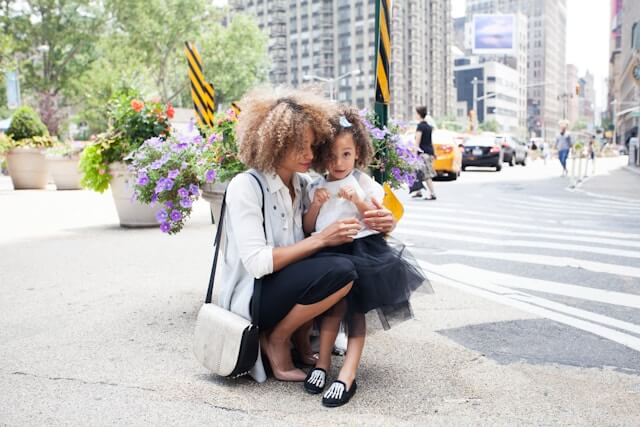

This article is really helpful
I’m glad you got value, please share
This article is really helpful
I’m glad you got value, please share
Wonderful, thank you so much ma
I’m glad you got value, please share this too
This article is quite an eye opener Ms Esther.Thank you for availing yourself to this Mandate 👏👏👏👏You deserve an applaud
I’m glad you got value, we have more articles coming 😊
Nice and inspiring me Esther. Well done
Thank you 😊